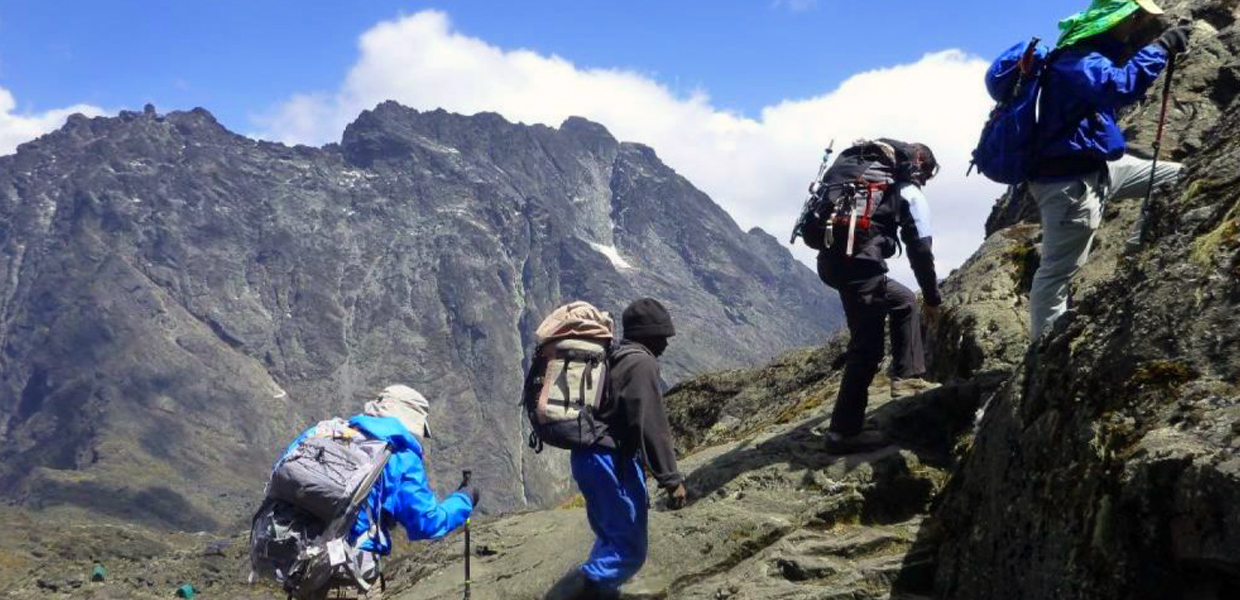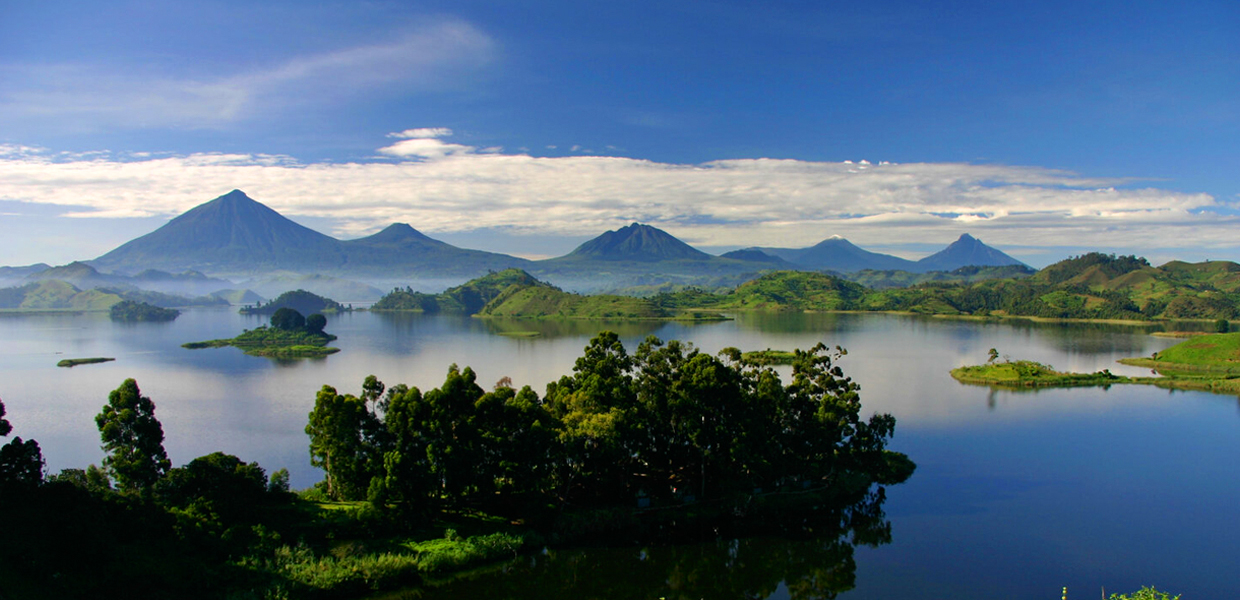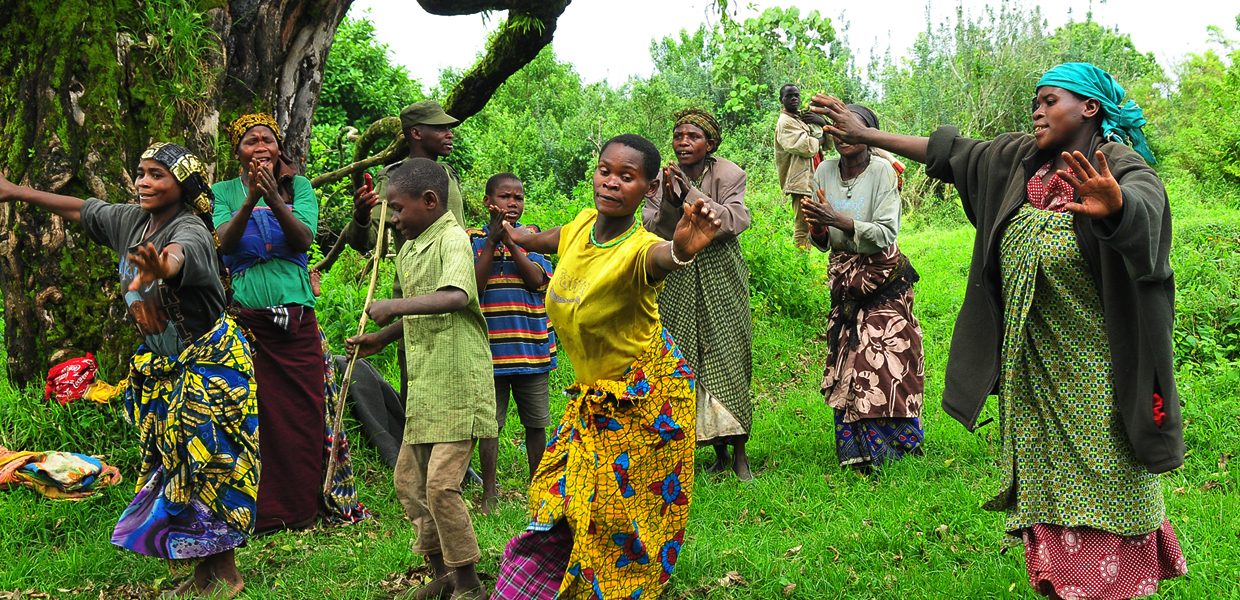
Few places can offer the opportunity for adventures in Mother Nature like Uganda, and mountain hiking is one of those timeless experiences you will have in this country, christened the “Pearl of Africa. Ibuth safaris’ mountain hiking tours make it easy for you to break the usual boredom of your daily routines and instead occupy it with an adrenaline rush. The snow-capped mountains, rugged terrains, beautiful lush Valleys, mind-blowing sunrises and sunsets, lots of wildlife species along the way, and endless birding opportunities make for the unmatched backdrop for these wonderful mountain hiking tours in Uganda.
Uganda is not just a game viewing and primate tracking safari destination but also has a number of spectacular Mountains waiting to be hiked and sometimes zeroing down on the best becomes a difficult decision, hence we bring you the top four. Noteworthy Mountain hiking in Uganda can be enjoyed on the Rwenzori Mountains (named the Mountains of the Moon, the Virunga Mountains in Mgahinga Gorilla National Park, the stunning Mount Elgon and Sipi falls, as well as Mount Moroto in the Karamoja sub-region).
Send enquiry for this experience
The Snow-capped Rwenzori Mountains (or “Mountains of the Moon”)
The Rwenzori Mountains are the most popular mountain hiking area within Uganda and one of the unmissable in the African Continent. It offers world-class and unrivaled hiking and mountaineering experiences, due to its numerous hiking trails surrounded by diverse vegetation zones and snow on its higher peaks.
Depending on the trails and your ultimate goal, the Rwenzori Mountains hike takes between three and four days for the short hikes, then nine to twelve days for the long hikes with excellent chances of viewing Margherita summit, the highest peak in the Rwenzori range at 5109 meters above sea level. The Rwenzori is a range of Mountains sprawled between the Uganda-Democratic Republic of Congo with their highest peak (Margherita) being on Mount Stanley at 5109 meters above sea level and generally covered by snow. The other Mountains in the Rwenzori range include Mount Speke at 4890 meters above sea level, Mount Baker at 4843 meters above sea level, Mount Emin at 4787 meters above sea level, Mount Gessi at 4715 meters above sea level, and Mount Luigi di Savoia at 4627 meters above sea level.
Hiking the Rwenzori Mountains is very affordable but reaching its peak is no easy feat. The higher slope of the Rwenzori Mountains is generally tougher to climb than the Kilimanjaro because it is more technical, and muddy, in addition to hikers being subject to altitude sickness.
For the hikers with basic fitness levels or inexperienced, you can take advantage of the shorter and non-technical hikes that still offer amazing views, lots of animal and bird sights as well as beautiful sceneries. Regardless of the trail used, be prepared to be spoiled by mountain views, varying vegetation zones across different altitudes, and a plethora of wildlife that includes the endemic three-horned chameleons and birds, especially the Rwenzori batis animals. Generally, the National Park protecting the Ugandan side of the Rwenzori Mountains is a haven for about 70 species of mammals and over 200 bird species, most of which are endemic to the Mountains range.
Send enquiry for this experience
Mount Elgon and Sipi Falls
Mount Elgon and Sipi Falls offer a wide range of hiking trails with flexibility that served the aspiration of both beginners and experienced/advanced hikers in Uganda. This Mountain is set along the Uganda-Kenya Border and its highest peak (Wagagai) is about 4321 meters above sea level.
Mount Elgon and the Sipi falls are a fun and exciting option for the more difficult mountain hikes in the East African regions and also introduces visitors to lots of attractions, with milder climate as well as lower elevation. It will interest you to know that this climbing option doesn’t need any special equipment or technical experience, and hikers can choose between the long hikes that take up to 5 days or the short day hikes. To take on this Mountain, hikers first need to take a Uganda Wildlife Authority (UWA) guide from the Park gate because these guides are not only conversant with the trails but also able to identify unique species encountered along the way.
Sasa is one of the shortest trails and lasts only four days for a roundtrip, but be aware that the first day is the hardest.
Virunga Volcanoes within Mgahinga Gorilla National Park
The Virunga Volcanoes generally extend across the Uganda-Rwanda-Democratic Republic of Congo Border and are protected by Mgahinga National Park on the Ugandan side. The Virunga Volcanoes are a chain of extinct and active volcanoes which form part of a larger nature reserve (Virunga Conservation Area).
Guided Mountain hikes are conducted on Mount Sabyinyo, Muhabura, and Gahinga and last for 6-9 hours (depending on the chosen Volcano) and start at 7:00 am from the Ntebeko Visitor center. These mountain hikes require a reasonable level of physical fitness.
The most sought-after mountain hike in Mgahinga Gorilla National Park is the ascent from Ntebeko Visitor Center to the rugged peaks of Sabyinyo. It has challenging ladder climbs up on rock faces hence not recommended for travelers who are afraid of heights. Another unmissable hiking trail is the one that involves taking on Mount Gahinga and involves transversing through the bamboo zone, which is common with spectacular plant species and unique animals along the way.
Send enquiry for this experience
Mount Moroto
While you are still thinking of Mountain hiking, it’s hard not to mention Mount Moroto in the Karamoja sub-region. This ancient extinct volcano rises to over 3000 meters above sea level and is usually climbed by travelers exploring Kidepo valley National Park but it’s worth exploring as an independent safari destination.
Mount Moroto might be a scenic landscape to enthusiastic hikers but it is home to many. Approximately 40,000 Tepeth people (believed to be the earliest inhabitants of Karamoja) occupy the slopes of Mount Moroto.
Hikes last from two hours with the option of exploring Tepeth homesteads to three days, leading to the highest peak. Be prepared to get introduced to the cave paintings, stunning waterfalls, and lots of bird species.
Best months for mountain hiking in Uganda
The dry months are considered the best for mountain hiking in Uganda because reduced rains mean trails are not muddy or slippery, but instead drier. These months are January, February, June, July, August, September, and December. However, this doesn’t mean that no rain will be experienced. Occasional showers are also experienced during the dry months and therefore come prepared.
Packing list for a wonderful mountain climbing experience in Uganda
While it sometimes seems obvious, it is easy to forget some of these things, and therefore, your packing list must include comfortable hiking boots, reusable water bottle, energy-giving snacks, medication for altitude sickness, safari hat, comfortable outdoor clothing like a long-sleeved shirt and safari pants, gardening gloves, cotton socks, rain jacket, camera, first aid kit, insect repellants, binoculars and extra cash for tipping.



